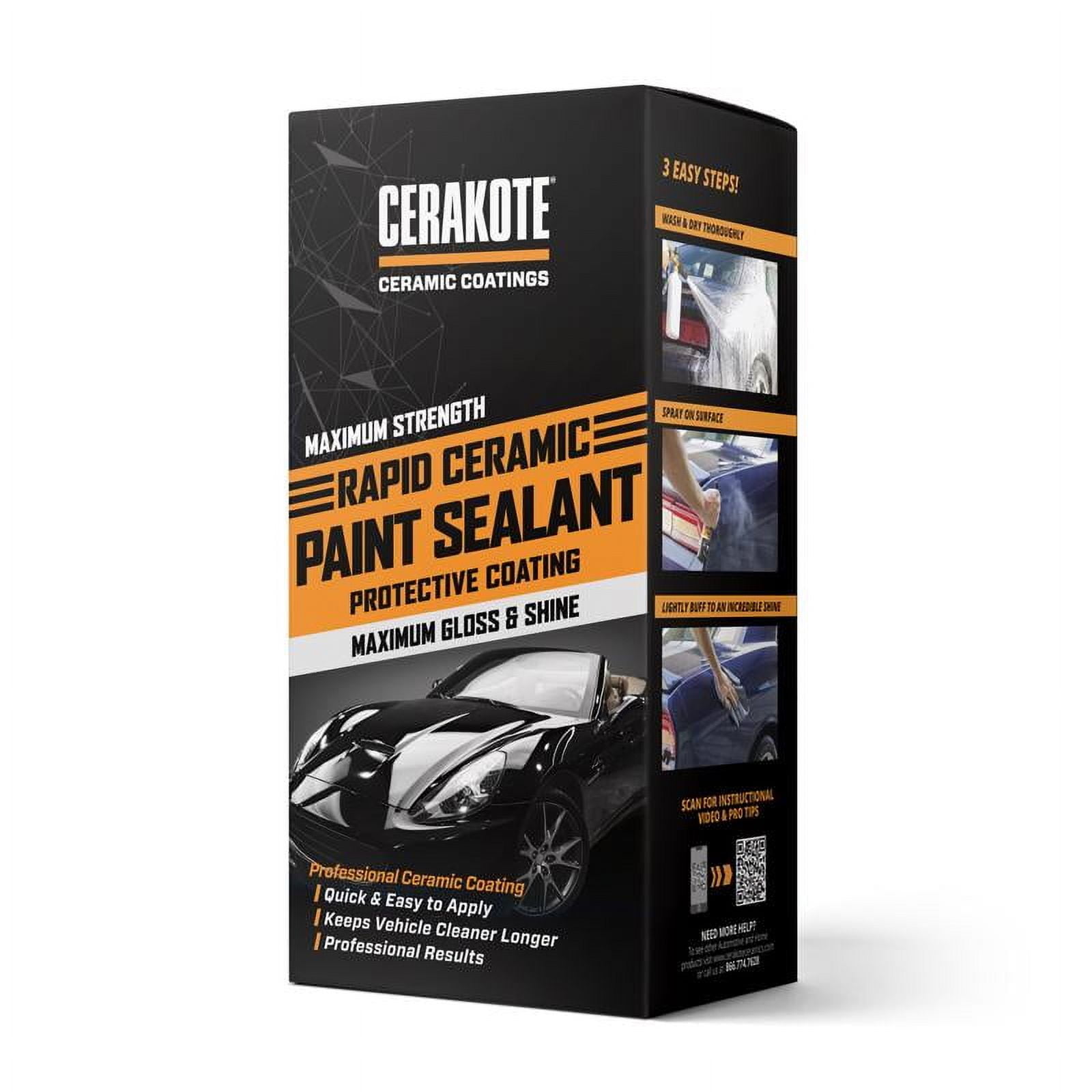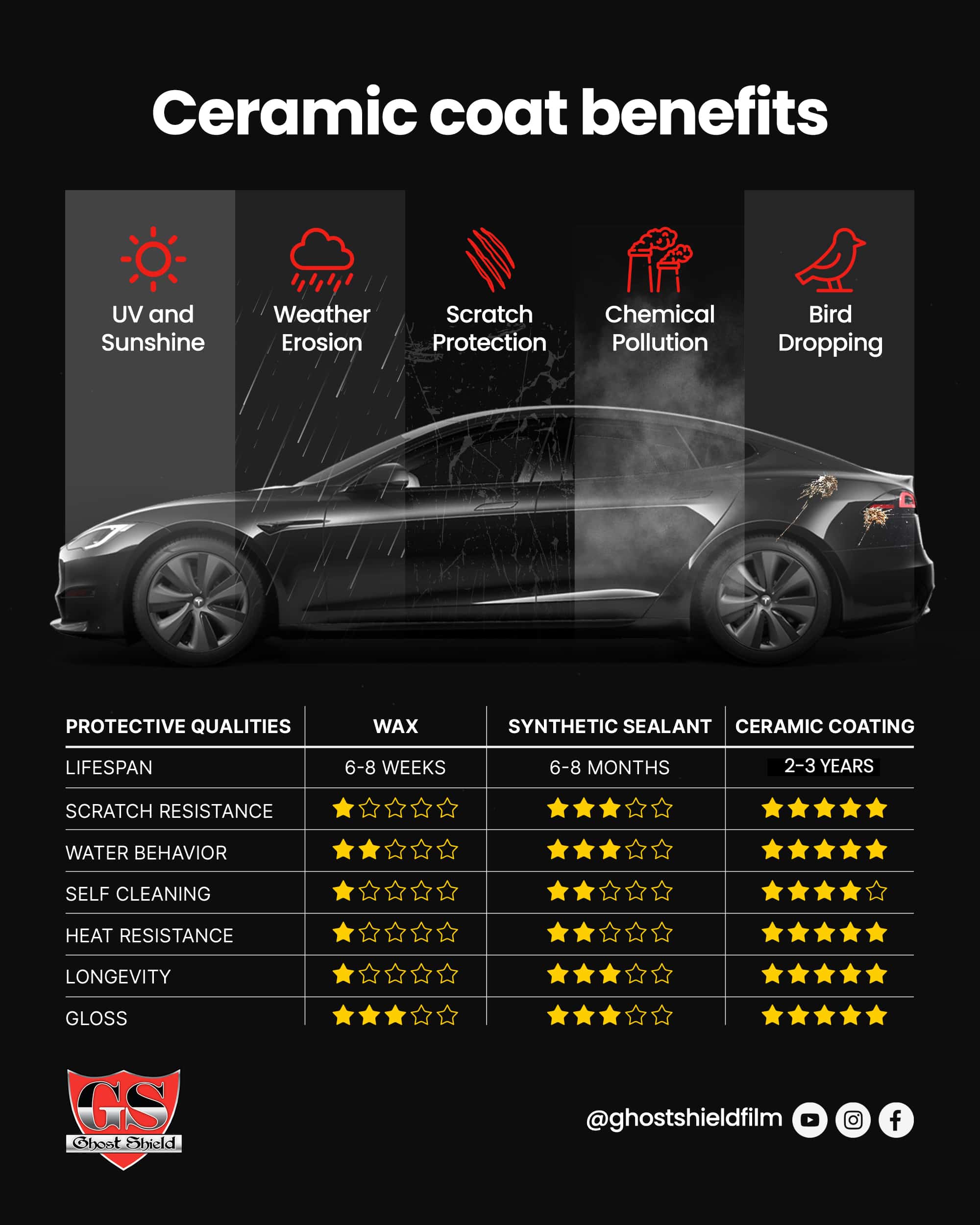Why Ceramic Coating Philadelphia Is the most effective Choice for Premium Paint Defense
Why Ceramic Coating Philadelphia Is the most effective Choice for Premium Paint Defense
Blog Article
Why Ceramic Coating Is the Ultimate Solution for a Remarkable Complete
Ceramic covering has arised as a leading solution for those looking for a perfect coating for their vehicles, many thanks to its amazing durability and protective functions. What elements genuinely established ceramic covering apart?
What Is Ceramic Finishing?

When used appropriately, ceramic finishing creates a hydrophobic surface that pushes back water and dust, making it easier to keep and clean up. Unlike traditional waxes or sealers, which normally use short-lived defense, ceramic coverings can last for numerous years, depending upon the item high quality and application method. The procedure of applying ceramic finish calls for careful prep work, including detailed cleaning and sometimes repaint correction, to make certain optimum bonding and performance.
Ceramic coatings are not limited to automobile surface areas; they can likewise be made use of on different materials, consisting of glass, steel, and plastics, providing a functional solution for improving defense. On the whole, ceramic layer represents a significant improvement in surface area protection innovation, combining both visual and functional benefits for a vast array of applications.
Advantages of Ceramic Finishing
While many surface area protection alternatives exist, the benefits of ceramic coating stand apart due to its special properties and resilient performance. One of the key benefits is its extraordinary toughness. Ceramic Coating Philadelphia. Unlike traditional wax or sealers that need constant reapplication, ceramic finishings provide a durable layer that can last for several years, dramatically minimizing maintenance initiatives
An additional noteworthy benefit is improved protection versus ecological pollutants. Ceramic coverings produce a hydrophobic surface area that drives away water, dust, and numerous toxins, making it simpler to clean up. This feature not just preserves the car's appearance however additionally reduces the threat of rust and oxidation, particularly in rough weather.
In addition, ceramic finishes use exceptional resistance to UV rays, stopping fading and degradation of paint in time. This UV security is crucial for keeping the visual value of surface areas and lorries revealed to guide sunshine.
Furthermore, the glossy finish attained with ceramic finishing enhances the overall visual appeal, offering surface areas a showroom-quality luster. In general, ceramic coatings represent a considerable development in surface area protection technology, offering enduring advantages that cater to both useful and visual demands.
Just How It Works
Comprehending the scientific research behind ceramic finishings exposes exactly how they provide such remarkable protection and durability. At its core, a ceramic finish is a fluid polymer that chemically bonds with the vehicle's factory paint. This bonding develops a protective layer that is both oleophobic and hydrophobic, repelling water, dirt, and oil. The primary element of the majority of ceramic coverings is silicon dioxide (SiO2), which is stemmed from quartz. This substance adds to the layer's hardness and resistance to scrapes, UV rays, and environmental pollutants.
The application procedure includes numerous steps, including surface prep work, which is critical to attaining optimal attachment. Once used, the finish undertakes a treating procedure, throughout which it hardens and creates a semi-permanent bond with the paint surface area. This bond is what distinguishes ceramic layers from standard waxes and sealants, supplying a longer-lasting protective obstacle that can endure for many years.
In addition, the thickness of the coating can enhance its protective high qualities, making certain that it can withstand harsh conditions. Ultimately, the science of ceramic layers integrates advanced products with innovative application strategies to deliver an unmatched degree of security and aesthetic improvement for cars.
Contrast With Traditional Approaches
The benefits of ceramic coverings become particularly noticeable when compared to standard paint security methods such as sealants and waxes. While waxes provide a temporary shine, typically lasting a couple of weeks to a couple of months, ceramic coatings supply a lasting safety layer that can sustain for several years. This toughness dramatically lowers the frequency of reapplication, making ceramic layers a much more economical solution gradually.
Furthermore, conventional techniques frequently call for comprehensive preparation and multiple applications to accomplish an acceptable level of defense. In contrast, ceramic layers bond at a molecular degree with the car's surface area, creating a durable guard versus environmental contaminants like UV rays, acid rainfall, and road salts. This bond boosts the vehicle's resistance to scrapes and swirl marks, which prevail with standard waxes and sealers.
Additionally, the hydrophobic residential properties of ceramic layers drive away water and dust, causing much easier cleansing and maintenance. On the other hand, wax and sealant-treated surface areas can draw in grime, demanding her explanation even more frequent washing - Ceramic Coating Philadelphia. Overall, ceramic coverings not just supply premium security but also provide an extra long-lasting and aesthetically appealing finish, developing them as the recommended selection for critical car owners
Application and Upkeep Tips

Utilizing a foam applicator, use the finish in tiny sections, following the maker's standards relating to density and overlap. Permit adequate curing time between coats, typically 24 hr, to ensure appropriate bonding. After application, it is critical to avoid exposure to water or harsh aspects for a minimum of a week to allow the finish to completely treat.
For upkeep, clean the vehicle regularly with pH-balanced soaps and prevent unpleasant materials. Touchless auto washes are recommended to minimize damaging. Furthermore, using a ceramic upkeep spray can enhance the coating's hydrophobic residential properties and long life. Regular examinations for any type of indications of wear will certainly aid keep the layer's honesty and preserve that pristine coating.
Final Thought
In final thought, ceramic layer emerges as an exceptional alternative for achieving a flawless automobile finish. By developing a durable bond with manufacturing facility paint, ceramic finish efficiently shields versus scrapes, UV rays, and environmental contaminants.

Report this page